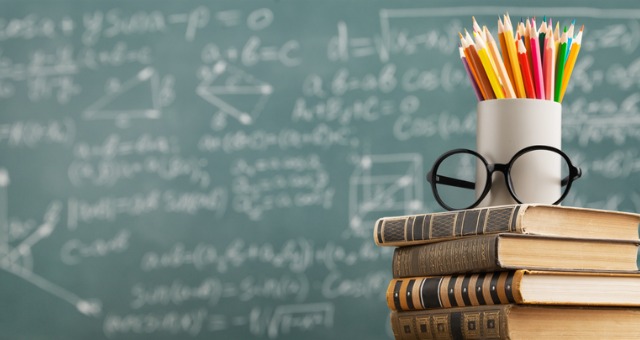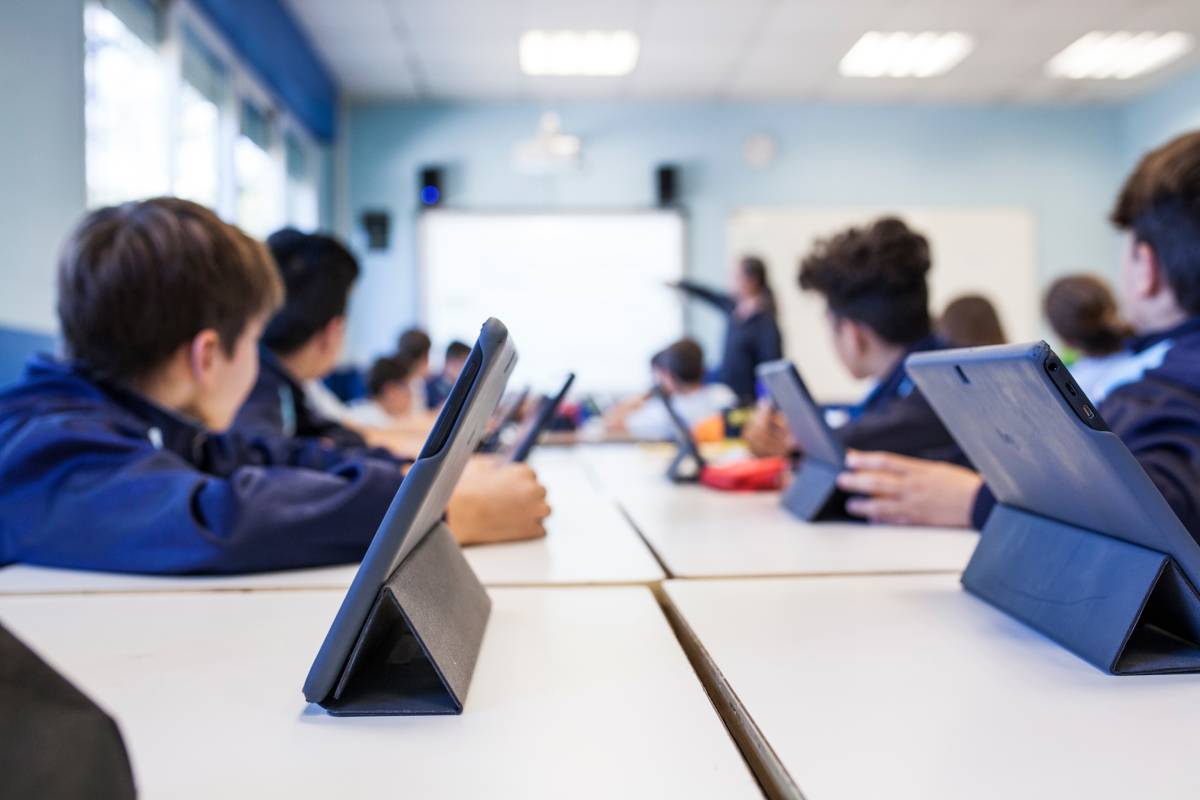Comprehensive Primary Science Tuition Singapore for Primary School Students
Comprehensive Primary Science Tuition Singapore for Primary School Students
Blog Article
Exploring the Different Training Methods in Key Science Education And Learning Today
The landscape of primary science education and learning is evolving, with various training strategies obtaining importance in contemporary classrooms. Inquiry-based learning, hands-on experiments, and the integration of modern technology are redefining just how instructors involve young minds. Furthermore, collective techniques and separated direction are being utilized to cater to the varied requirements of students, boosting both engagement and understanding. As we check out these methodologies, questions arise concerning their performance and the implications for future educational techniques. What might these changes in approach mean for the future generation of learners?
Inquiry-Based Knowing
Inquiry-Based Learning (IBL) is an instructional approach that motivates pupils to check out clinical concepts with wondering about, examination, and hands-on testing. This approach emphasizes the function of pupils as active participants in their understanding, promoting important reasoning and problem-solving skills. By engaging with real-world questions, trainees end up being determined and interested, which enhances their understanding of scientific concepts.
In IBL, educators act as facilitators, directing trainees as they browse their questions instead than supplying details directly. This student-centered approach permits differentiation, fitting different finding out designs and rates. Pupils create abilities in creating theories, designing experiments, and examining information, which are essential for scientific literacy.
Furthermore, IBL promotes partnership amongst pupils, urging them to share searchings for and ideas. This cumulative questions promotes social abilities and a feeling of area within the class. The procedure of inquiry motivates resilience, as trainees learn to welcome failing as a stepping stone towards understanding.
Hands-On Experiments
Hands-on experiments are an important component of reliable science education, enhancing the principles of inquiry-based learning. These experiments enable students to involve directly with clinical concepts, cultivating a deeper understanding via experiential discovering. By controling products and observing results, young learners can realize abstract theories in substantial methods.
Such tasks promote critical reasoning and analytical abilities, as trainees hypothesize results, conduct experiments, and analyze results. This procedure motivates them to ask inquiries, fine-tune their understanding, and develop a scientific attitude. Hands-on experiments can be customized to varied knowing designs, guaranteeing that all pupils have the opportunity to involve meaningfully with the material.
In addition, hands-on experiments typically urge cooperation among peers, promoting teamwork and communication skills. Operating in teams enables trainees to share concepts, go over searchings for, and gain from one an additional, which enhances their overall educational experience.
Integrating hands-on experiments into the main science curriculum not only enriches the learning environment but also cultivates a lifelong interest in scientific research. By proactively participating in their education, students are more likely to develop a passion for scientific query that prolongs beyond the classroom.

Innovation Assimilation
Incorporating technology into main scientific research education has actually become significantly vital in cultivating pupil engagement and improving learning outcomes. Making use of electronic devices, such as interactive simulations, digital laboratories, and instructional software program, gives students with chances to check out scientific principles in innovative means. These sources assist in a deeper understanding of intricate subjects by allowing students to picture and control variables that would be not practical in a typical class setting.
Moreover, modern technology combination encourages individualized discovering experiences. Students can proceed at their own pace, taking another look at difficult principles with multimedia resources, which satisfy different learning designs. This adaptability not just supports private development but likewise cultivates a feeling of autonomy in students.
Furthermore, technology acts as a bridge to real-world science, attaching trainees with existing research and specialist contributions. Accessibility to clinical journals and on the internet databases expands trainees' perspectives on scientific questions and promotes crucial thinking abilities.
Collaborative Discovering
Collaborative learning plays a crucial role in main science education and learning by promoting teamwork and interaction skills amongst students. This technique urges learners to collaborate, share understanding, and involve in problem-solving, which enhances their understanding of scientific principles. By taking part in group activities, trainees discover to express their concepts, pay attention to varied viewpoints, and negotiate services, all of which are necessary abilities in both scholastic and real-world contexts.

Study indicates that collaborative discovering can cause boosted inspiration and involvement in scientific research topics, as pupils discover enjoyment in common experiences see here (primary science tuition Singapore). Additionally, this strategy prepares students for future collective undertakings, equipping them with the skills essential for effective team effort in college and expert settings. Inevitably, embracing collective understanding in primary science education and learning can significantly enhance the understanding experience and promote a deeper understanding of scientific query
Separated Guideline

Separated direction can materialize in various ways, such as varying the content, procedures, or items of understanding. For example, educators might use tiered assignments that provide differing degrees of intricacy, enabling students to work at their respective preparedness degrees. Furthermore, flexible organizing strategies can facilitate cooperation among trainees with different capabilities, fostering peer understanding.
Analysis plays a critical duty in this method, as it notifies direction and assists teachers comprehend each trainee's special demands. Developmental evaluations, such as quizzes and Web Site monitorings, can direct teachers in readjusting their methods to enhance learning end results. primary science tuition Singapore. Inevitably, by carrying out distinguished instruction in main science education and learning, teachers can grow a much more effective and fair discovering environment, encouraging all students to reach their complete capacity in comprehending scientific sensations
Final Thought
In summary, the diverse mentor strategies in primary scientific research education and learning, including inquiry-based discovering, hands-on experiments, modern technology integration, recommended you read collective understanding, and distinguished direction, jointly add to a much more efficient understanding environment. These methods promote important reasoning, analytic abilities, and a much deeper understanding of clinical principles. By implementing these techniques, teachers can produce helpful and interesting class that attend to the diverse demands of pupils, ultimately fostering a lifelong interest in scientific research and boosting scholastic success.
Inquiry-Based Understanding (IBL) is an instructional technique that motivates pupils to discover clinical ideas with questioning, investigation, and hands-on testing.Joint understanding plays an important function in primary science education and learning by cultivating team effort and communication skills amongst trainees.Research study suggests that collective discovering can lead to boosted motivation and interaction in science subjects, as pupils locate satisfaction in common experiences.In fostering a comprehensive understanding environment, separated direction arises as an essential technique to fit the diverse demands and capabilities of pupils in primary scientific research education. Inevitably, by implementing separated instruction in key science education and learning, educators can grow a much more efficient and fair knowing setting, empowering all trainees to reach their complete potential in recognizing scientific phenomena.
Report this page